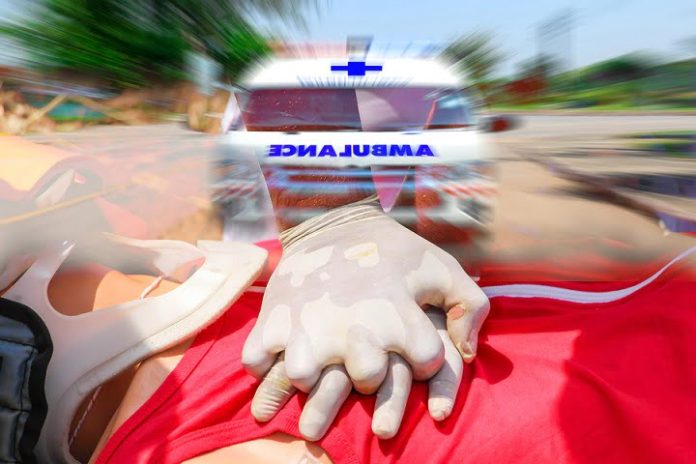CITY of Austin partnered with Augmented Training Systems to enhance training sessions for its first responders last year – new numbers suggest augmented reality training has made the city’s first responders 45 per cent more accurate and 30 per cent faster during emergency situations.
Augmented Training Systems built an augmented reality model of its AmBus, an oversized ambulance used for devastating emergencies and responders virtually explored the vehicle. Participants then had to find items and rehearse emergency scenarios in the real AmBus.
People who trained on the digital model were 45 percent more accurate and nearly 30 percent faster in performing the real-life tasks than those with only classroom training, according to. At the same time, the AmBus program costs half that of classroom training.
According to Texas State University Associate Professor Scott Smith, the potential benefits of virtual reality training go beyond cost savings.
“The tech allows you to manipulate aspects of the training—locations, weather patterns, crowds and other potential stressors—to more closely mirror real-life situations,” Smith said. “It also provides direct feedback in a way most traditional training methods can’t, detailing how well different participants perform different tasks over multiple iterations of the program. Commanders could use that information to assign responders to roles where they excel in real-life emergencies.
“I think that’s the basic premise of it—providing a context where people can perform…in a safe space where you can manipulate things, offer a number of variations of learning, offer a number of feedback options,” he said. “Disaster events are not going to slow down, and we really need to become more prepared for them. A Powerpoint presentation can’t cover that.”
Beyond its work with Austin, Augmented Training Systems is developing digital training software for construction zones and active shooter situations, but Smith said the tech could train for wildfires, hurricanes and other disaster scenarios. He said the Homeland Security Department could use the tech to bring a more standardized, data-driven approach to its myriad emergency response efforts.
Smith told NextGov that the agency’s strategies are largely informed by data collected through after-action reports, but that information can often be skewed the biases that come with self-reported data. Through simulated trainings, officials can explore how people are most prone to respond in certain situations and create new best practices and strategies accordingly.
“Let’s say over 50 times, people respond in a certain way,” he said. “You can create procedures around best practices in that space … whereas now we’re waiting for a live event to occur to make policy. I believe we can equip and understand more about what a first responder needs in those spaces with this type of technology. I think VR, AR and real-time data processing are only meant to enhance current functioning.” Ω
#securityelectronicsandnetworks.com









